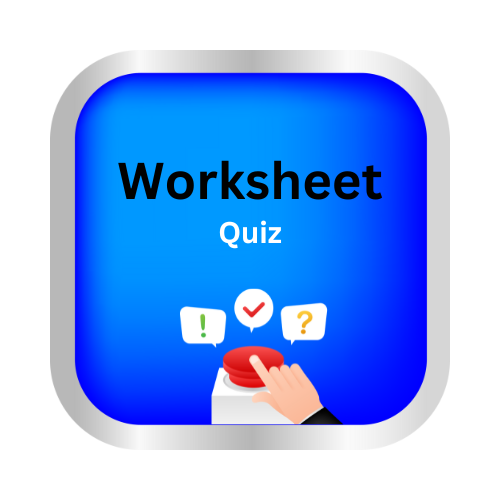Use coordinating conjunctions
Key Notes :
1. What are Coordinating Conjunctions?
- Definition: Coordinating conjunctions are words that connect two equal parts of a sentence, such as two independent clauses or words.
- Examples: The most common coordinating conjunctions can be remembered using the acronym FANBOYS:
- For
- And
- Nor
- But
- Or
- Yet
- So
2. Connecting Ideas
- Explanation: Coordinating conjunctions are used to link ideas that are of equal importance or closely related.
- Example: “I like apples, and I like oranges.”
Here, “and” connects two independent clauses of equal importance.
3. **Using *FANBOYS* Words**
- For: Indicates reason or cause.
Example: “I brought an umbrella, for it might rain.” - And: Adds or connects ideas.
Example: “We went to the park, and we had a picnic.” - Nor: Adds a negative idea to another negative idea.
Example: “He didn’t call, nor did he send a message.” - But: Shows contrast between ideas.
Example: “I wanted to go, but I was too tired.” - Or: Presents a choice between two options.
Example: “Do you want pizza, or do you prefer pasta?” - Yet: Indicates a contrasting idea that comes unexpectedly.
Example: “It was late, yet he kept working.” - So: Shows the result of something.
Example: “It was raining, so we stayed indoors.”
4. Punctuation Rule
- Explanation: When coordinating conjunctions are used to join two independent clauses, a comma is placed before the conjunction.
- Example: “She was tired, but she finished her homework.”
let’s practice!

